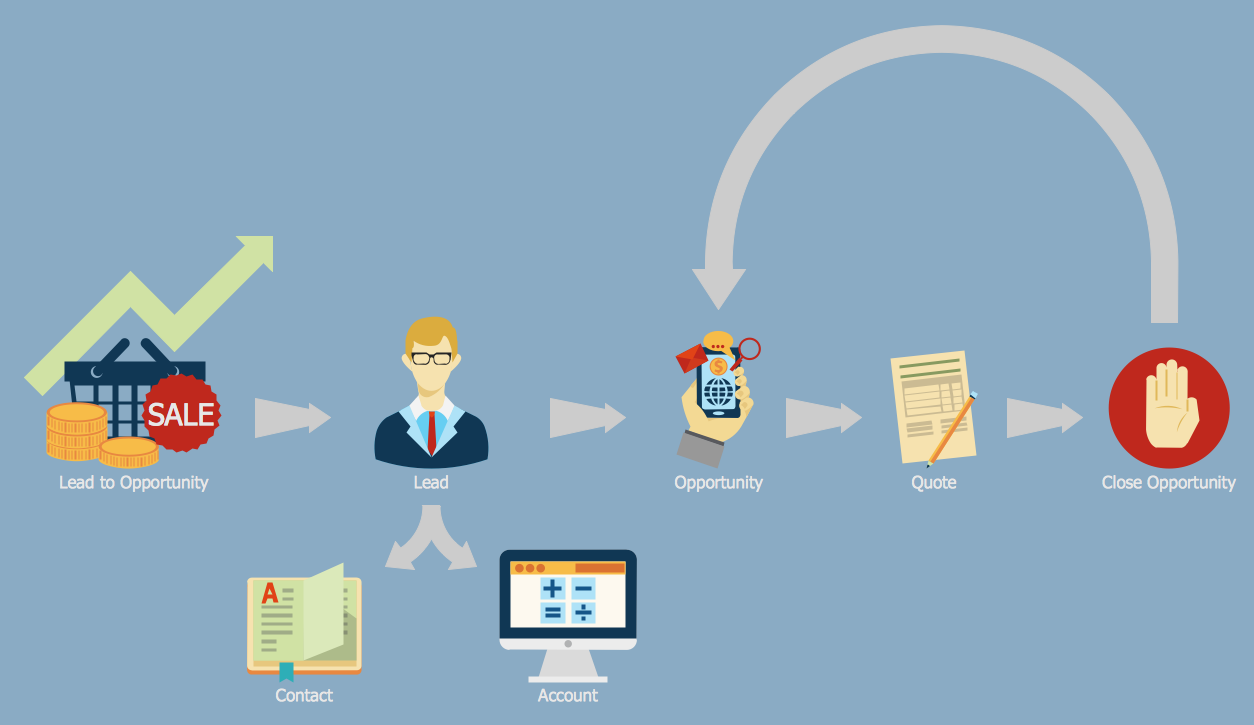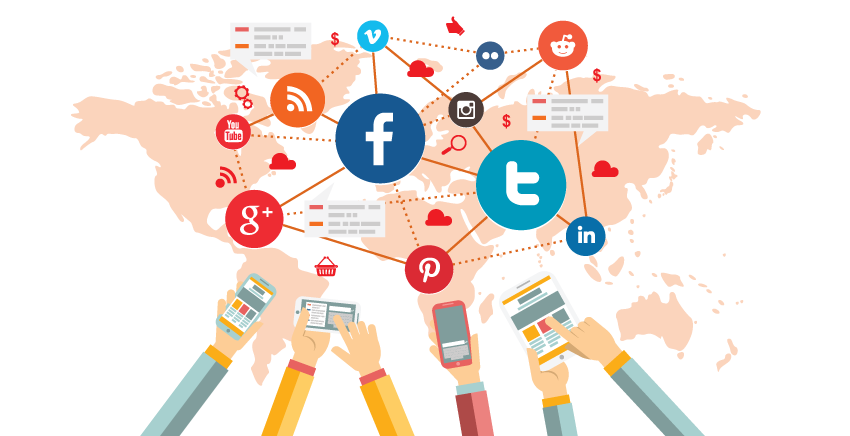
The Retail Relevance
Meet the connected consumer in Omni-Channel world!!
The traditional retail was all about stocking products customers wanted and ensuring the right shelf space and promotional offers to make the sale happen. In the light of the technological advancement the retail space has transformed with the easy access of information anywhere and anytime.
The retail space is no more limited to the four walls of the store but expands to horizons beyond device, location and proximity. The key to staying relevant for the retailers is to offer seamless and connected experience across devices, sales channels and social media channels.
All about E for Experience
Customer expectations have evolved and they are more connected, informed and demanding. They expect one view of products with the ability to avail similar price, service and customer support across different sales channels.
According to The Accenture study: (globally)
88% of consumers would use mobile tools to gather loyalty points or take advantage of real-time promotions in-store
82% would use endless-aisle features like ordering out-of-stock items for in-store or home delivery
74% would access other customers’ ratings and reviews
63% would be receptive to cross-sell/upsells based on scanned items in physical cart
61% would pay by phone at checkout
Thus customers expect an experience which enables them to book out of stock products and get their order fulfilled through offline stores.
The E that is about Enablers
To meet the connected customer expectations retailers have to enable an Omni-channel experience. Delivering an Omni-channel strategy revolves around one view of customers, products and inventory.
Thus retailers challenge revolve around ability to synchronize the inventory across channels to the distributors/dealers/in-store/kiosks/estore level and start aggregating, managing and monitoring orders from all channels. They should also be able to reverse track the inventory to the appropriate location, including partner locations, based on flexible business rules.
To successfully implement Omni-Channel strategy a retailer requires following enablers:-
Enterprise grade Ecommerce solution to integrate with ERP/SAP, accounting solutions, POS systems, Kiosks, in-store
Responsive e-store- US based research and advisory firm, Forrester revealed that almost 50% of the $12 billion annual online sales in India happens through mobile phones. Therefore, every brand needs to have a mobile responsive site.
App also adds to the customer experience but, APP First looks to be more of a strategy that would work over APP Only.
Real time order management and fulfilment solution:- Solutions such as sterling commerce/Transactor are available
Social commerce solutions such as Gigya, Lithium and Havasay
Implementing Omni-channel strategy requires putting systems and technology in place. Thus the Brands need to evolve with the customer requirements and traditional brick and mortar retail companies need to change with the time
The E of Engagement phenomenon
Engagement is redefined with the advent of the social platforms coming in the picture. The first few years when social media was introduced brands used it as a promotional platform but today social media has truly changed the structure of the relationship between brands and consumers.
The omni-channel experience is incomplete unless consumers can interact with brands through all different media channels- be it phone, text, e-mail, a chat facility, or social media – from one unified interface.The ease of communicating with the brands defines the consistent experience to the customers and thus signifies a stronger brand identity.
Social media meets Omni Channel:-

Track|Manage|Engage
Track the consumer behavior on social networking sites.
Profile the customers better and manage their expectations with showing relevant ads on each media channel.
Engage the customers well on each channel with relevant information and ads
Social media has increasingly been recognized as a customer management channel, which is also a good opportunity for companies to evaluate their performance and receive feedback. And so, brands have the opportunity to turn negative experiences into positive ones simply by listening to their consumers, engaging and personalizing customer journeys.
Staying relevant…..
Implementing omni-channel strategy requires putting systems and technology in place. Thus brands need to evolve with the changing customer requirements. The traditional brick and mortar retail companies have an advantage with their offline stores and brand legacy which can give them a huge competitive edge in the omni-channel scenario.
Author: Anand NatarajanAnand Natarajan
Chief Business Officer – Excellor ECommerce (an Adaequare group company)








